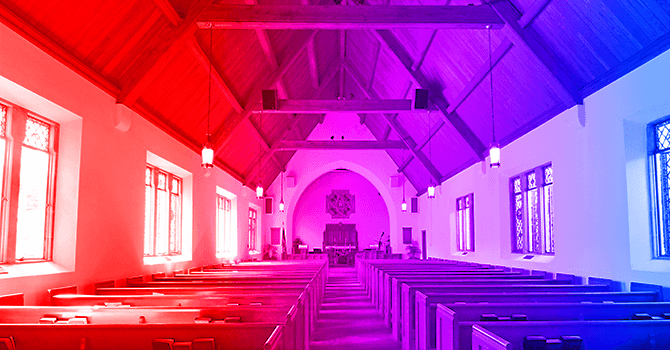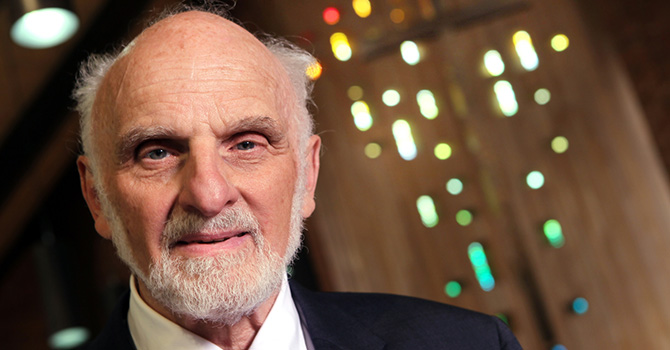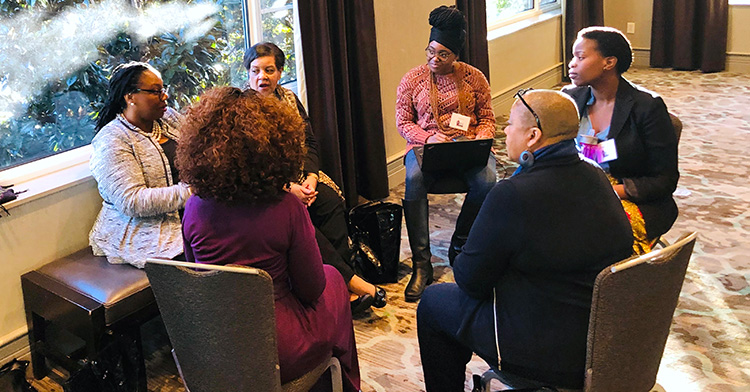According to author and professor Leah Schade, there’s a difference between a preacher’s being in a groove and being in a rut.
“If you’ve been there a while — you kind of know what works — you’re in a groove,” Schade said. “But sometimes you tend to look only in one direction and don’t see things outside of your frame of reference.”
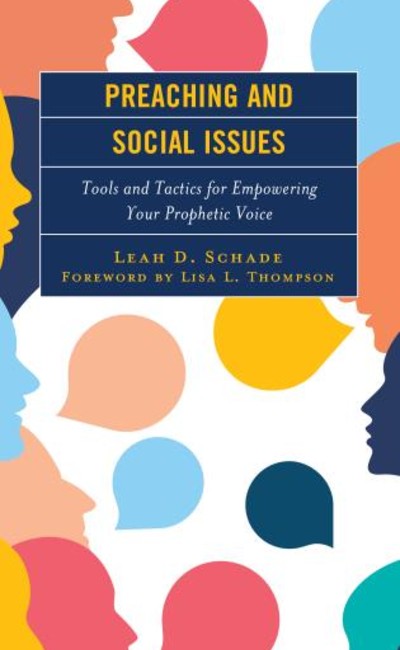
It’s to this issue that Schade’s new book, “Preaching and Social Issues: Tools and Tactics for Empowering Your Prophetic Voice,” speaks. Schade hopes the book will help preachers understand their own contexts and be equipped for prophetic preaching.
Schade, an associate professor of preaching and worship at Lexington Theological Seminary, says the book grew out of surveys conducted from 2017 to 2023 for her previous book, “Preaching in the Purple Zone: Ministry in the Red-Blue Divide,” as she heard pastor after pastor express how difficult it was to preach about social issues.
In the book, Schade shares an assessment tool to identify vulnerabilities in a pastor’s context and congregation and then offer an approach to addressing social issues like climate change and immigration with nuance and sensitivity.
Schade spoke with Faith & Leadership’s Chris Karnadi about the book and how difficult it has become to be a prophetic preacher in an age of misinformation and polarization. The following is an edited transcript.
Faith & Leadership: What do you hope readers of this book will learn?
Leah Schade: This book grew out of a book that I wrote prior to this one called “Preaching in the Purple Zone,” which equips pastors and congregations for thinking about how to have dialogue and preach in the midst of very divisive issues.
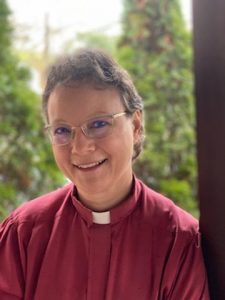
As I was writing that book, I was also doing research with thousands of pastors through surveys and grant projects about the challenges that pastors face when they’re trying to address social issues, especially given the volatility of certain congregations and communities that they’re in.
I realized I needed to take the next step and help preachers think about, “Well, how do I know which approach to take when I’m trying to talk about social issues?” So based on the surveys that my team and I conducted, I came up with an assessment tool that a preacher can take, either in the book or online, which looks at three aspects of being a minister in today’s world to diagnose a preacher’s situation and think about how to address a social issue.
One is their personal strengths and vulnerabilities. Another is the strengths and vulnerabilities of their congregation. And then finally, relationships within the congregation and between the congregation and the pastor.
And so when you take this assessment, it gives you a score and it tells you whether you might consider a gentle, invitational or robust approach to preaching about a social issue.
F&L: What do you mean by a social issue?
LS: A social issue is any public topic that is going to affect people on multiple levels. On the individual, family, community, national or international level, there are usually forces around money, wealth, power, resources, questions about rights, individual rights versus community rights and responsibilities.
These are issues that often come up in the public square and affect people in congregations, even if they don’t think about them in terms of, “This is a biblical issue” or “This is a theological issue.”
A pastor can show that actually it is a biblical or theological issue, because God shows consistently throughout the Bible that God is concerned about how people are treated equitably and with justice and righteousness.
In the Bible, we see many instances where the community has to be in discernment about the events around them, whether floods and droughts or people migrating to different places in order to survive. What insights can we get and think about how we want to be in community together and respond to these issues?
F&L: The surveys used in the book were from 2017 to 2023. What were some of the things you learned from that survey?
LS: First of all, the stress level of both clergy and congregations is quite high, and this can create conditions that [homiletician] Lisa Cressman calls brittleness. This brittleness can make it really difficult for a pastor to talk about issues that might be sensitive or controversial, even though they really need to be addressed.
If people are feeling like their congregation is shrinking and they can’t pay the bills, and there are already disputes going on in the congregation, they have a lower capacity for the initial discomfort that might come with talking about difficult topics.
And there are a number of reasons why this brittleness is increasing in congregations.
Some of it is left over from the COVID crisis, which we’re not done with yet, but of course the first couple of years of the pandemic really took a toll on congregations. Across the board, there’s also lower attendance, lower membership, which also contributes to this brittleness.
Finally, the divisive nature of our political discourse finds its way into congregations and so makes it very challenging for pastors who just want to preach on what’s actually in the Bible, which often addresses the social issues of its time.
We saw comments from pastors who said, “I can’t even read the Gospel sometimes without people saying, ‘Well, you’re criticizing the president’ or, ‘You’re talking politics.’” And all they did was read the Gospel.
This told my team and me that we really need to think seriously about how, first of all, to let pastors know they’re not alone in what they’re facing; a lot of preachers are facing this. We want to offer them some tools to figure out a way to thread the needle and to be faithful to their calling, to preach prophetically, while also maintaining relationships and trying to, well, keep their jobs for one, and also to build community in the midst of it.
F&L: Are there any plans to continue that study into 2025?
LS: Actually, yes. We launched the final wave of the survey, which will be running for the next two months. If people read this and say, “Oh, I want to participate,” they can click on it and go right to the survey.
F&L: Back to the assessment tool, how did you develop the questions in the tool?
LS: We assigned the values to aspects of a preacher’s context, and the lower the number at the end of the assessment, the more vulnerable the preacher.
One of the aspects the assessment asks about is social location. The research was very clear that, for example, female pastors are often not afforded as much respect as their male colleagues, so they’re already at a disadvantage when they come into the pulpit. The number that is assigned for being a female in ministry is lower, but it is not a reflection of who they are but how society assigns their value. And the same applies to race, sexual orientation and more.
When we look at the congregation itself and assign a lower number for congregations that are losing members, it’s not a reflection of the pastor’s ministry. It’s just to say when a congregation realizes, “We are not getting as many people as we’re losing,” that causes a certain amount of anxiety.
And then in the relationship section, we have a question about, “When is the last time this congregation had a conflict that did not get resolved?” If that’s really recent, that score is going to be much lower than for a congregation that might’ve had a controversy but worked through it in a healthy way and learned from it and grew stronger.
Again, it’s not a reflection on anybody’s leadership; it’s just the reality that a preacher must keep in mind when they’re thinking about how they’re going to approach any issue that might touch the sunburn, so to speak.
Based on the score at the end, you might consider three different approaches: a gentle approach if the score is low, invitational if the score is in the middle, or a robust approach if the score is high. The scores are not a measure of progression but a diagnosis.
A congregation, a pastor, might take this survey or this questionnaire assessment tool in February and their score might lead to an invitational approach. And then something happens in the middle of the year, where there’s some kind of controversy or a flooding or fire in the community, and things are really much more raw. So their score might change, and they might have to go to a more gentle approach.
It’s not a linear thing; it’s just a snapshot of where you are now as you’re thinking about it.
F&L: How do you describe a gentle, invitational or robust approach to preaching about social issues?
LS: With the gentle approach, the three strategies I recommend are, first, to simply name the issue — which that in and of itself, calling it out, can be very prophetic.
But then second, framing it biblically. That’s really, really important.
And third, sharing your own struggles with the issue so that you’re modeling what it looks like to be wrestling with the moral and ethical implications of the issue. Using a lot of “we” language, using a lot of feelings language and “I wonder” and “this feels like,” so that there is a joining together rather than a prophetic critique of the people themselves. So that’s the gentle approach.
In the invitational approach, this is for a congregation ready to start having the conversation. A pastor here might share some stories about real people that are facing implications of a particular issue, whether it’s immigration or the climate crisis, in order to create empathy.
Another strategy is one I developed actually in “Preaching in the Purple Zone” called the sermon-dialogue-sermon process, where you frame an issue with a sermon on either end over a series of weeks and have a dialogue in the midst of that for there to be community discernment about how to respond to the issue.
And then the third approach is what I call robust. This is for a congregation that does not need to be convinced that an issue needs to be addressed. They need to be encouraged and uplifted and inspired to go and do that work.
For this, I recommend a strategy called be blunt, be bold, where you can actually name things and get people organized and ready to respond. And then a second one is to collaborate before, during and after.
F&L: Is there anything else you’d like to add?
LS: There’s one other aspect that I find deeply troubling, especially given where we’re going as a country, which is the role of misinformation.
Disinformation and propaganda are creating a wholly different reality for a significant segment of the population, especially those that are drawn to white Christian nationalism.
One of the things that I found is when pastors try to do this work in congregations where misinformation has really taken hold — I just don’t want to sugarcoat it — it is virtually impossible to break through that because people are steeped in messages that are counter to the gospel. They’re steeped in those messages seven days a week and often many hours a day.
And so when a congregant steeped in misinformation hears a counternarrative that is coming from the prophetic word of God, they think it’s better to either ignore or push back against or demonize the messenger than to take a critical look at the worldview that they’ve constructed.
I have to be really honest about my fear about the future of prophetic preaching, given what the Trump administration has said very clearly, that it is aligning itself with Christian nationalists and is putting those people in place right now as we speak. I fear for the future of prophetic preaching in the United States.
At the same time, I want to encourage preachers to be courageous in this moment. This is the work we’ve been called by God to do. We are inspired by Jesus and sustained by the Holy Spirit to be ministers “for such a time as this.”


